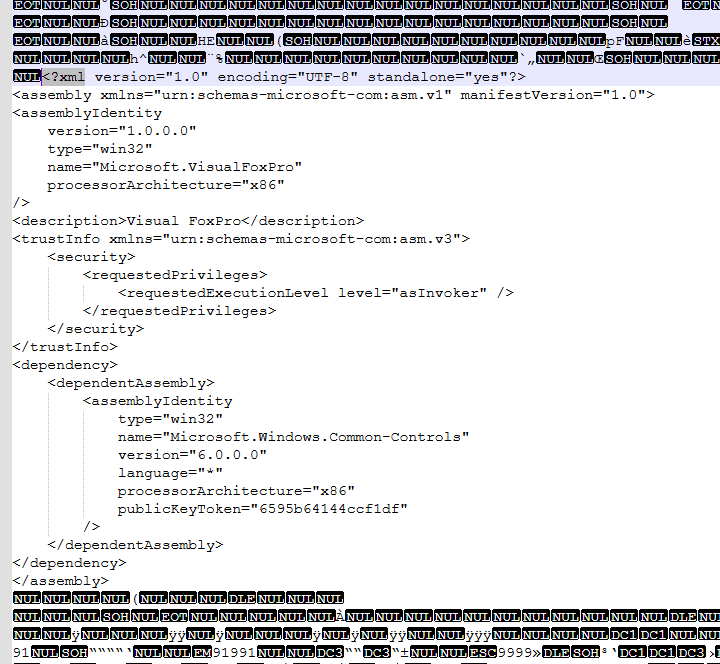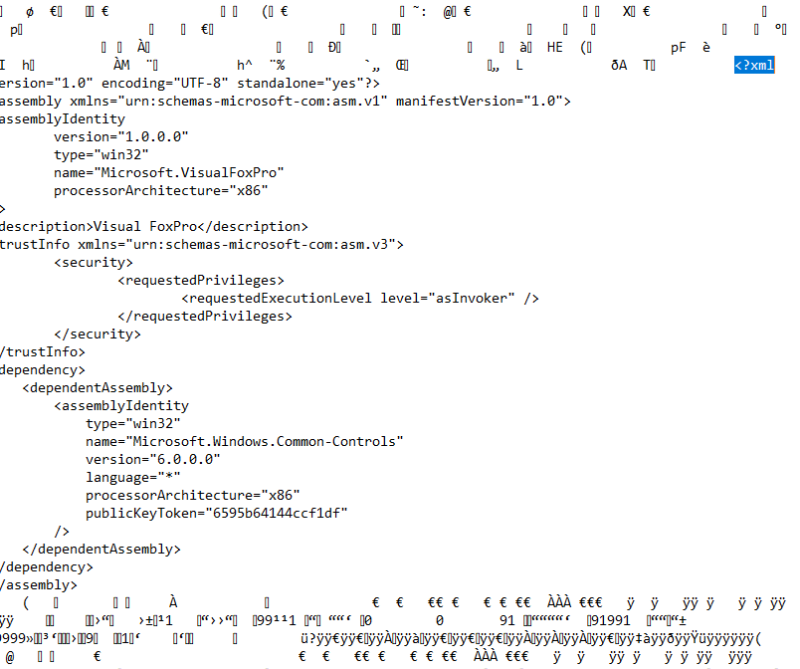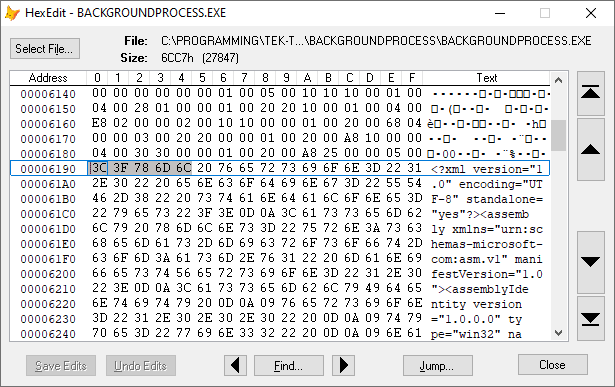Hello Doug,
good, that it works for you. I can't say it works from the scratch, if I always have to go into settings and set the USB connection for file transfer, which isn't automatic. You started with invstigating about WebDAV, so I don't think the app free solution is a must have, as you started willing to use an extra app. If this is for customers, you would just better not need an app that has ads in it.
I can't recommmend the app Jack tried - File Manager (with big F in icon). It works, it can setup an FTP, the FileZilla FTP client I use can connect, but this app allows no safe connection. You have to run the app, choose "network access"and then this app goes into a screen showing you an ftp address and port, which you can use in a ftp client, or FTP code, VFP can do, starting as simple as using the shell FTP command. Or the internet trandsfer control OCX, which comes with VFP installation.
I'd look for something you can setup once and that starts with the device without appearing visually in the open apps.
Regarding reading in the file: You don't need your C++ course. All you need is VFPs FILETOSTR(), and you read the whole file into a string variable for further inspection. The nature of the file (text, binary) makes no difference, only that obviously a binary file will not only have readable text in it. It would pay to google for the file extension to find a format structure description, not just for which software this file is, but maybe you're also lucky and the data is stored in a human readable format. You can also use VFPs FOPEN, FREAD and FCLOSE, that could help to read it in smaller chunks, if the file is large.
And before you try in VFP, why not simply take a look into a file with notepad, or better yet notepad++? It might look all cryptic, then you know it needs more info to make something of of it, or only partly cryptic and partly readable, as is quite usual in binary files, too. There's no need to far that certain characters break an editor and cause a virus to escape. All 256 bytes in ASCII and in ANSI are not having any such effect, they only can look cryptic, but they don't execute anything.
To showcase how a file can both contain cryptic parts and text, open up any EXE you built with VFP. In the first few lines, the cryptic glyphs you see are also containing the sentence "This program cannot be run in DOS mode". And if you search for "<?xml" youll find the xml manifest embedded in any VFP9 exe, which an look like this (screenshot from notepad++):
And that's not a rare exception of text embedded within an otherwise binary file. The notepad++ advantage here is, that it shows unprintible control characters with their short, like NUL is literally fo bytes that are 0. In notepad this part of the file looks like that:
Well, what matters is the readable par looks the same.
In detail you can fail to see readable text because of byte alignment problems, but always, before starting to operate on files on a byte by byte basis, first take a glimpse with any editor, it doesn't even need to e a hex editor. There seems to be a fear about opening files with an editor, this is completely unnecessary. Even if you start editing it, unless you dont store that back, the file stays intact. And that's even unimportant when opening a copy.
If you care to have the hexeditor view, VFP has a hex editor within its HOME(): do Home()+"Tools\HexEdit\HexEdit":
You see less at once, the only advantage is it's easier to edit whil keeping the same file size, because it's not working as a normal editor in insert mode, where writing shifts existing text, you overwrite. And in case of VFP's Hexeditor you actually edit the hexadecmal values on the left, which even makes editing the readable text passages hard.
In short, Doug:
-I'm not convinced any of your customers will like this solution, I for one, would need to go into settings of my phone again and again, it's not connectiong for file transfer by default.
-You can simply try any text editor to look into the telemetry file and get an overview whether it's simply readable text or numbers, or fully binary.
-You should also gooogle a file structure known for the file extension. Unless it's a very genereic one like ".dat", that has many formats.
Chriss



